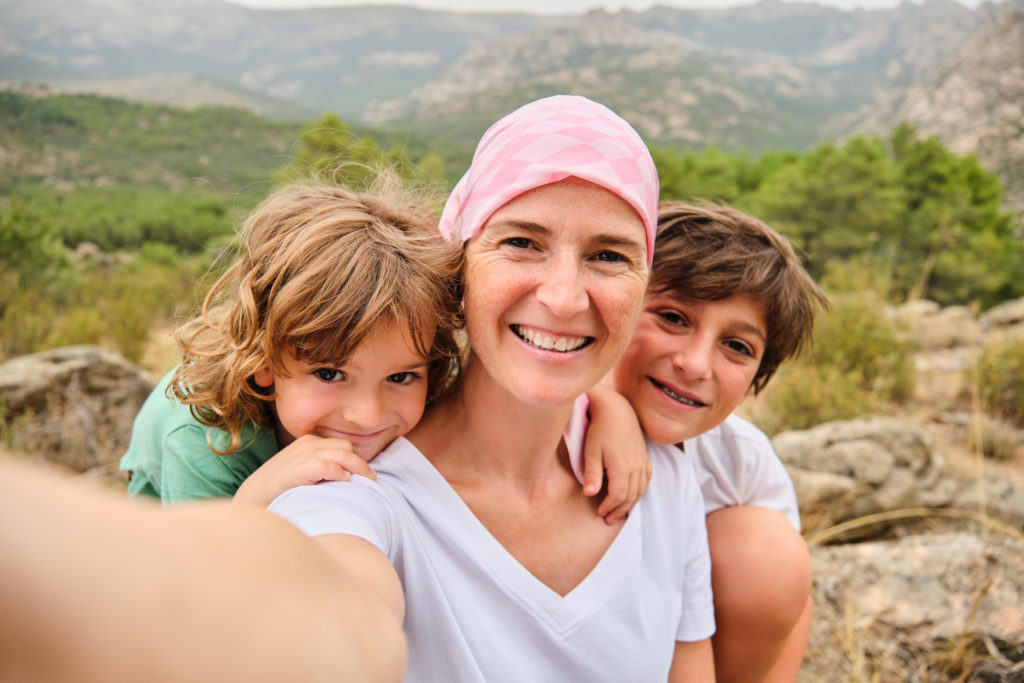Building Strong Bones: Upper Body
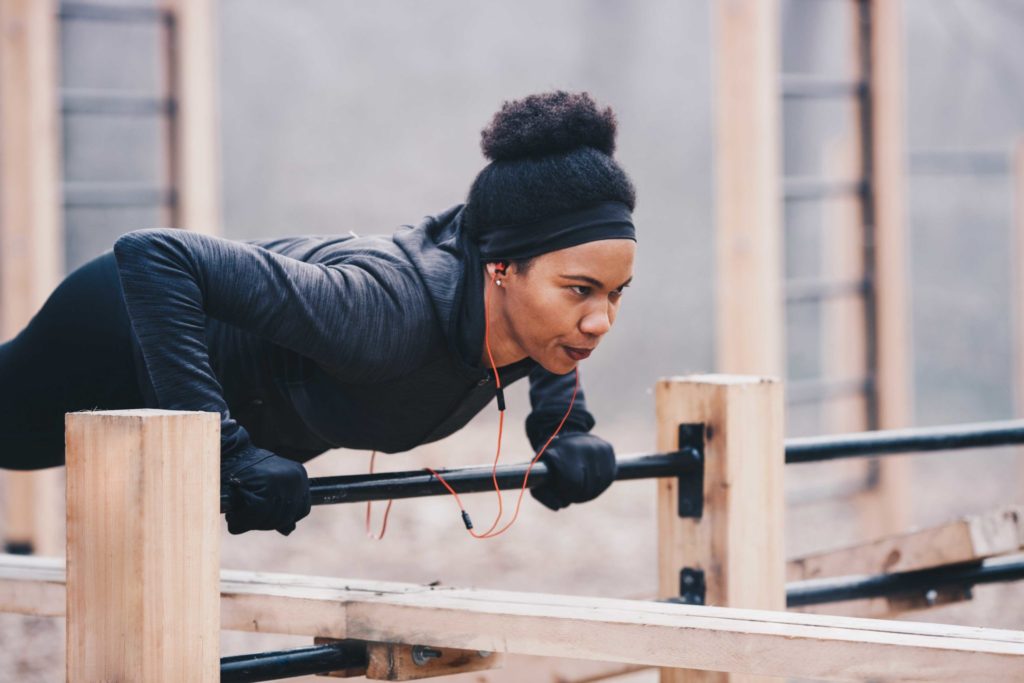
Introduction
Sadly, your bone density and muscle mass naturally decline with age. The combined loss of bone density and muscle mass conspires to make you fragile, increasing the possibility of permanent disability and an early death.
The good news is that modern research has identified simple lifestyle interventions that can help you dodge the fragility bullet. This includes regularly engaging in strength and impact training, which is the focus of today’s article.
The Importance of Upper Body Resilience
To date, there has been plenty of attention directed towards increasing the bone density of the hips and spine. And this is indeed important, as fractures of the hip and spine can have disastrous long-term consequences.
However, fragility fractures of the wrist and forearm are also common, particularly for women. In fact, roughly one in three women will experience a wrist fracture during their lifetime 1,2.
Despite the high prevalence of wrist fragility fractures, there have been few studies investigating optimal interventions to improve your upper body bone density. Fortunately, research groups have begun developing and testing protocols to improve the bone density of your upper body 3.
Bone density can be improved by combining resistance training with impact training
The stress imposed during exercise determines how your bone adapts. Although impact training and resistance training can both increase bone strength, they each strengthen different parts of your bone 3. For this reason, you should combine impact training with resistance training to maintain bone strength. 4,5.
Resistance Training
Resistance training (otherwise known as lifting weights), is important for building muscle size and muscle strength, as well as for increasing bone density 3,6. There are many ways to lift weights. Nevertheless, the following four principles hold true no matter which training method you prefer.
1. Good technique. Every exercise must be performed using correct form and good technique. Each set should finish as soon as exercise techniques breaks down.
2. Progressive overload. Gradually and incrementally increase the number of repetitions or weight as you get stronger.
3. Train with high intensity. You need to regularly lift weights at an intensity that is sufficient to induce bone adaptation. This means lifting weights at around 85% of your one rep maximum. This intensity has been shown to improve bone density in both men and women 3-5,7.
4. Consistency. Continuous training is necessary to both maintain 8 and improve muscle mass and bone density 3-5.
The exercises that currently have the strongest clinical support for improving upper-body bone density are the barbell bench press, the barbell shoulder press, and the barbell row 3-5.
However, you should never let the perfect be the enemy of the good. If you can’t perform heavy barbell training, simply perform the same or similar pressing and rowing movements using dumb bells, kettlebells or machines. Just remember to apply the four key principles outlined above, and you’ll be fine.
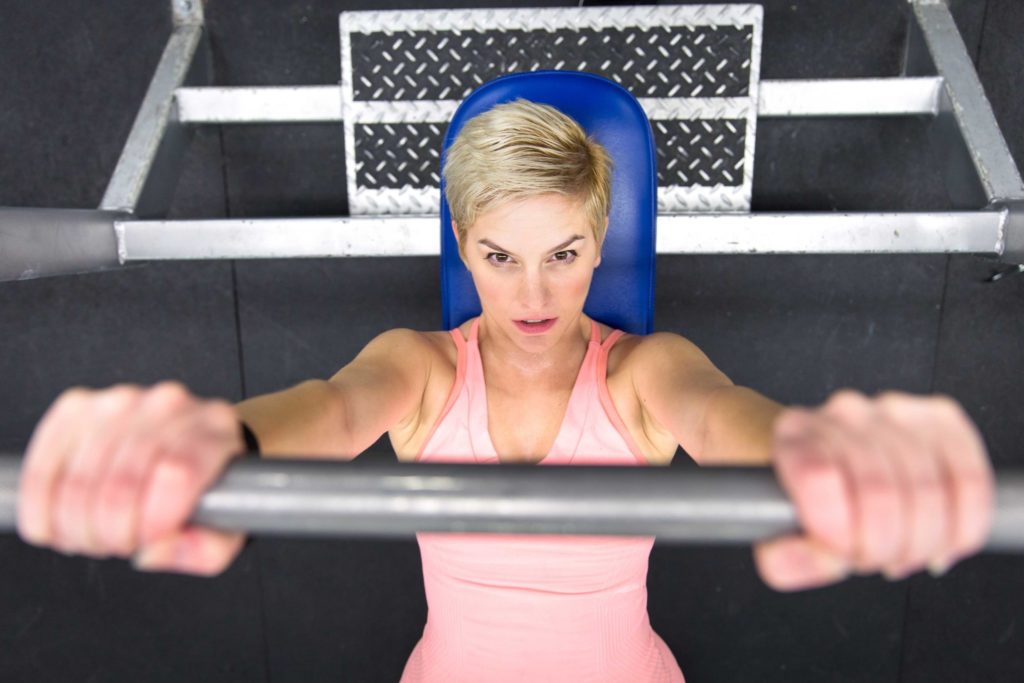
Impact Training
Impact training, consisting of exercises that involve controlled, repetitive impact, is a proven method to improve bone density in adults. For example, impact training increases the bone density in pre- and post-menopausal women 3,9-11. Further, impact training significantly improves the bone density of older men 12,13.
Because impact training is relatively under-studied, I’ve prepared an accompanying video that outlines some impact training progressions for the upper body that you may find useful.
Some important caveats before you begin
1. Low bone density is a serious health risk that often goes unnoticed until the occurrence of a fragility fracture. These often have serious long-term health consequences. Therefore, it’s essential that you seek professional medical advice before commencing training programs that involve impact or heavy lifting. Furthermore, if you suffer from low bone density, there are pharmacological interventions that may help, which only a doctor can prescribe and safely administer.
2. If you don’t have a background of resistance training, it’s important that you develop sound exercise technique and build a solid strength foundation before launching into either heavy lifting or impact training. Established bone density protocols always begin with a two-month preparatory cycle. This allows participants to perfect their lifting technique, undergo some introductory impact training, and develop a base of foundational strength. If you don’t have a background in lifting you should perform, at a bare minimum, two months of preparation before beginning intense training.
3. Because heavy resistance and impact training is technically difficult and potentially injurious, it’s recommended that you seek out professional guidance, at least during the early stage of your training, to ensure that you develop good form from the start.
4. The purpose of impact training is to build strong bones. Impact training is NOT a conditioning tool. Impact training must be performed in a fresh, non-fatigued state. Every rep of every set should be performed correctly, and never to exhaustion.
5. Finally, improvements in bone density come slowly. Because of this fact, you should commence at an extremely easy level, and progress very slowly. Consistent and safe practice is the way forward.
How to incorporate impact training into your exercise routine.
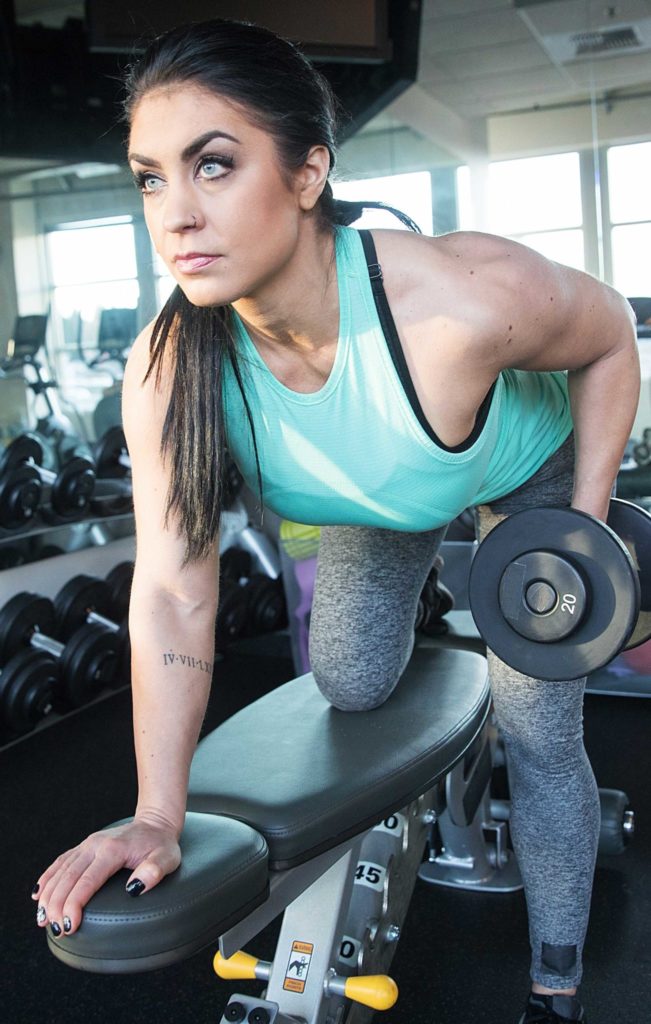
Incorporating impact training into your routine is mercifully simple.
First, thoroughly warm up. Then perform five sets of five reps (5×5) of your upper body impact exercise, and five sets of five reps (5×5) of your lower body impact exercise. That’s two exercises for a total of ten sets.
You can start with your upper body set, then immediately perform your lower body set, rest two minutes and repeat. Because impact exercises are never performed to fatigue, they essentially become an extension of your warm-up routine.
You can perform your resistance training immediately after your impact training. The rep and set scheme recommended for lifting is simple. After warming up, perform 3-5 sets of each exercise for five reps at around 85% of your 1 rep maximum.
Feel free to apply a more sophisticated approach to your resistance training. Just remember to regularly lift heavy enough to induce bone adaptation.
Perform your impact and lifting training sessions 2-3 times a week on non-sequential days 3-5.
Conclusion
You are no longer doomed to suffer fragility as you age! If you are willing to put in the work, simple lifestyle interventions can help preserve and perhaps even improve the strength of your bones and muscles as you get older. Furthermore, because of the exercise and healthy lifestyle, you will feel and look great.
What’s not to love?
Please click on the link below to download the free PDF of this article.
References and Further Reading
1 Ahmed, L. A. et al. The gender- and age-specific 10-year and lifetime absolute fracture risk in Tromso, Norway. Eur J Epidemiol 24, 441-448, doi:10.1007/s10654-009-9353-8 (2009).
2 Svedbom, A. et al. Osteoporosis in the European Union: a compendium of country-specific reports. Arch Osteoporos 8, 137, doi:10.1007/s11657-013-0137-0 (2013).
3 Lambert, C., Beck, B. R., Harding, A. T., Watson, S. L. & Weeks, B. K. Regional changes in indices of bone strength of upper and lower limbs in response to high-intensity impact loading or high-intensity resistance training. Bone (New York, N.Y.) 132, doi:10.1016/j.bone.2019.115192 (2020).
4 Watson, S. L. et al. High-Intensity Resistance and Impact Training Improves Bone Mineral Density and Physical Function in Postmenopausal Women With Osteopenia and Osteoporosis: The LIFTMOR Randomized Controlled Trial. J Bone Miner Res 33, 211-220, doi:10.1002/jbmr.3284 (2018).
5 Harding, A. T. et al. A comparison of bone‐targeted exercise strategies to reduce fracture risk in middle‐aged and older men with osteopenia and osteoporosis: LIFTMOR‐M semi‐randomized controlled trial. Journal of Bone and Mineral Research (2020).
6 Kelley, G. A., Kelley, K. S. & Tran, Z. V. Resistance training and bone mineral density in women: a meta-analysis of controlled trials. Am J Phys Med Rehabil 80, 65-77, doi:10.1097/00002060-200101000-00017 (2001).
7 Maddalozzo, G. F. & Snow, C. M. High intensity resistance training: effects on bone in older men and women. Calcif Tissue Int 66, 399-404, doi:10.1007/s002230010081 (2000).
8 Huovinen, V. et al. Bone mineral density is increased after a 16-week resistance training intervention in elderly women with decreased muscle strength. Eur J Endocrinol 175, 571-582, doi:10.1530/eje-16-0521 (2016).
9 Heinonen, A. et al. Randomised controlled trial of effect of high-impact exercise on selected risk factors for osteoporotic fractures. Lancet 348, 1343-1347, doi:10.1016/S0140-6736(96)04214-6 (1996).
10 Vainionpaa, A., Korpelainen, R., Leppaluoto, J. & Jamsa, T. Effects of high-impact exercise on bone mineral density: a randomized controlled trial in premenopausal women. Osteoporos Int 16, 191-197, doi:10.1007/s00198-004-1659-5 (2005).
11 Kato, T. et al. Effect of low-repetition jump training on bone mineral density in young women. J Appl Physiol (1985) 100, 839-843, doi:10.1152/japplphysiol.00666.2005 (2006).
12 Allison, S. J., Folland, J. P., Rennie, W. J., Summers, G. D. & Brooke-Wavell, K. High impact exercise increased femoral neck bone mineral density in older men: a randomised unilateral intervention. Bone 53, 321-328, doi:10.1016/j.bone.2012.12.045 (2013).
13 Hinton, P. S., Nigh, P. & Thyfault, J. Effectiveness of resistance training or jumping-exercise to increase bone mineral density in men with low bone mass: A 12-month randomized, clinical trial. Bone 79, 203-212, doi:10.1016/j.bone.2015.06.008 (2015).
Disclaimer
The material displayed on this website is provided without any guarantees, conditions or warranties as to its accuracy.
Information written and expressed on this website is for education purposes and interest only. It is not intended to replace advice from your medical or healthcare professional.
You are encouraged to make your own health care choices based on your own research and in conjunction with your qualified practitioner.
The information provided on this website is not intended to provide a diagnosis, treatment or cure for any diseases. You should seek medical attention before undertaking any diet, exercise, other health program or other procedure described on this website.
To the fullest extent permitted by law we hereby expressly exclude all warranties and other terms which might otherwise be implied by statute, common law or the law of equity and must not be liable for any damages whatsoever, including but without limitation to any direct, indirect, special, consequential, punitive or incidental damages, or damages for loss of use, profits, data or other intangibles, damage to goodwill or reputation, injury or death, or the cost of procurement of substitute goods and services, arising out of or related to the use, inability to use, performance or failures of this website or any linked sites and any materials or information posted on those sites, irrespective of whether such damages were foreseeable or arise in contract, tort, equity, restitution, by statute, at common law or otherwise.
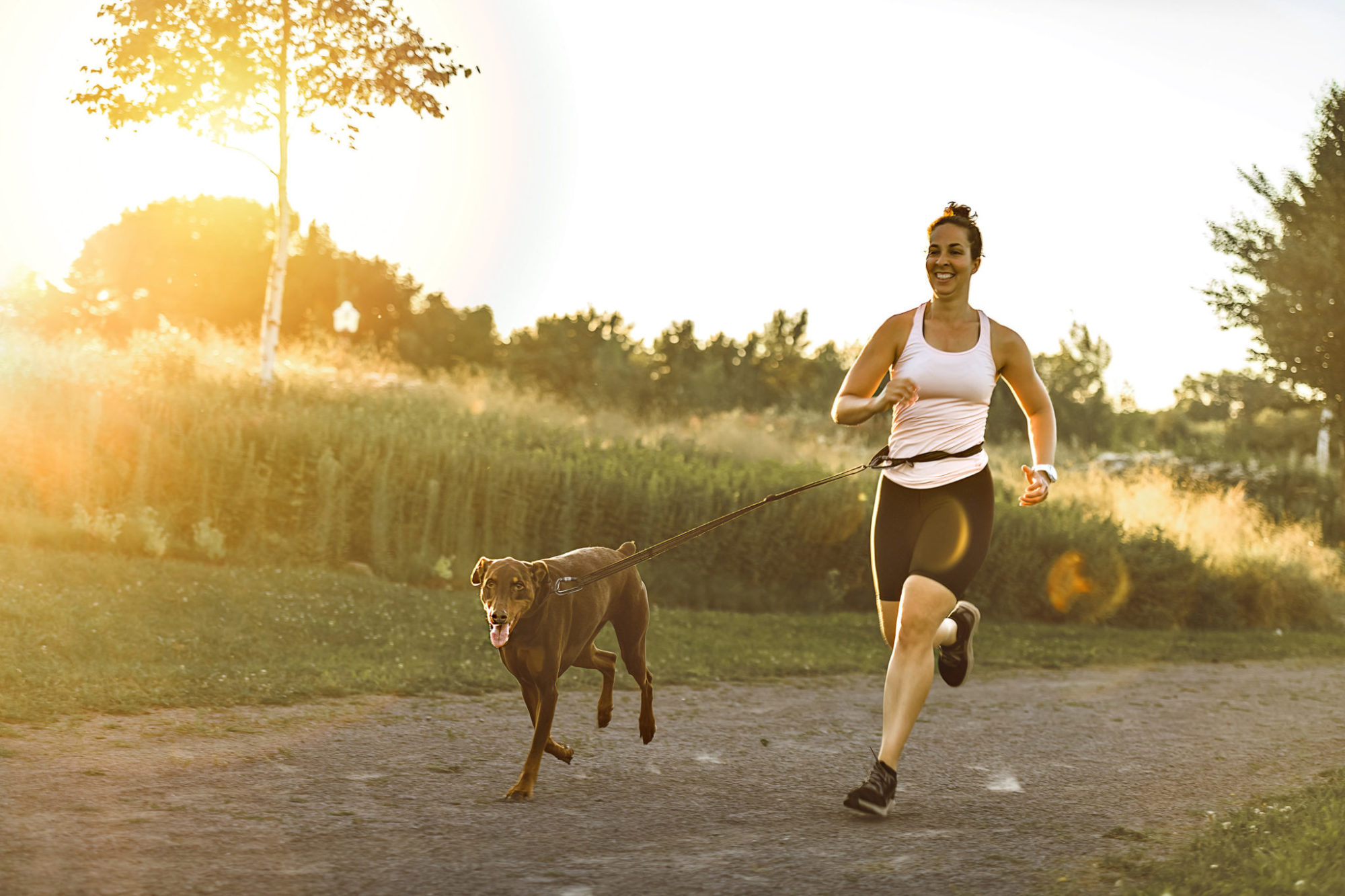
Ten Minutes is All You Need
Research has shown that ten minutes of moderate-to-vigorous exercise performed each day is enough to significantly reduce your risk of early death.

Ten Minutes is All You Need
Research has shown that ten minutes of moderate-to-vigorous exercise performed each day is enough to significantly reduce your risk of early death.


